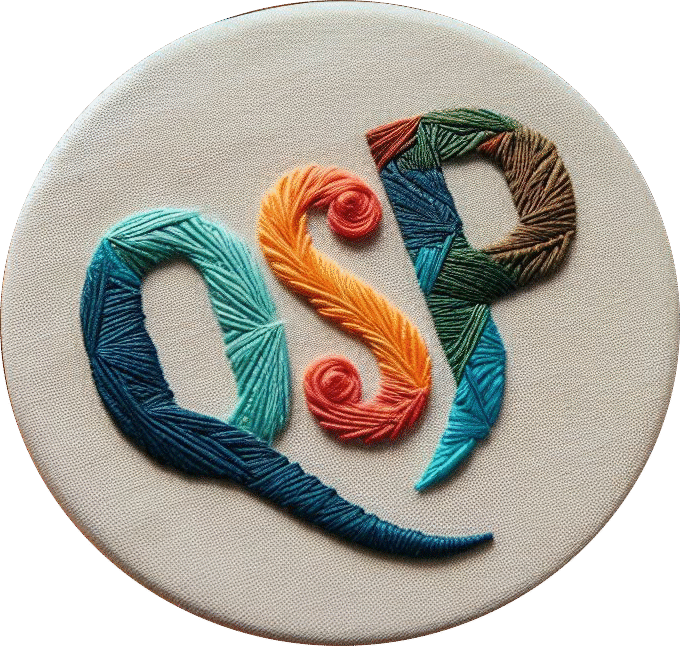A New Frontier in Global Apparel Manufacturing
In recent years, Myanmar has steadily emerged as a key player in the global textile industry. Traditionally overshadowed by giants like China, India, Vietnam and Bangladesh, this Southeast Asian nation is now gaining the attention of international brands, manufacturers, and companies looking to diversify their supply chains, tap into new growth opportunities, and reduce dependence on saturated or geopolitically unstable markets.
With a young population, a strategic location between major Asian economies, and a textile sector on the rise, Myanmar offers a unique opportunity for forward-thinking sourcing strategies.
Geoeconomic and Strategic Context
🌏 A Privileged Location
Myanmar shares borders with China, India, Thailand, Laos and Bangladesh, making it a natural logistical bridge between Asia’s major economies. This geographic position offers strategic advantages for regional and global distribution, particularly for textile products headed to Europe and North America.
📈 Economic Growth and Foreign Investment
Since the economic liberalisation that began in 2011, Myanmar has attracted significant investment, particularly in manufacturing sectors like textiles. Despite political challenges, the cost structure remains highly competitive, encouraging many companies to move part of their production to key cities such as Yangon, Pathein, or Mandalay.
Textile History and Tradition in Myanmar
🧶 Traditional Fabrics like the Longyi
Long before the global apparel boom, Myanmar already had a deep-rooted textile culture. The longyi, a traditional garment similar to a sarong, has been handwoven for generations using natural dyeing techniques and artisanal methods.
🧵 Transition to Industrial Production
Over time, these traditional skills have evolved into modern manufacturing processes. Today, many factories blend heritage with innovation, combining automated machinery and international quality standards. Myanmar is building a unique textile identity that merges local craftsmanship with global competitiveness.
Industrial Infrastructure in Major Cities
🏙️ Yangon: The Economic Heart of Myanmar
As the former capital and economic centre, Yangon is the primary logistics and industrial hub. With international ports, free trade zones, industrial parks like Hlaing Tharyar, and an established supplier network, it hosts some of the country’s largest garment factories. From basic t-shirts to technical garments, production here is broad and scalable.
🏭 Pathein: Export-Oriented Manufacturing
Located in the Irrawaddy Delta region, Pathein has become prominent for its mass-volume assembly and garment production. Many South Korean and Chinese firms operate plants here, primarily producing workwear, uniforms, and basic garments for major global retailers.
🛤 Mandalay: Gateway to Northern Asia
While not as industrialised as Yangon, Mandalay offers a growing network of factories taking advantage of rail and land transport routes to China, establishing itself as a future-forward production corridor.
Characteristics of Myanmar’s Textile Workforce
👩🏭 Young and Eager Labour Force
Over 55% of Myanmar’s population is under the age of 30, offering a dynamic and trainable workear. Women make up the majority of the textile workforce—approximately 80%—particularly in stitching and assembly lines.
📚 Technical Training and Skill Development
In recent years, both the government and international NGOs have supported vocational training programmes in sewing, cutting, quality assurance, and design, significantly boosting the employability and skill level of the textile workwear.
Types of Garments Manufactured in Myanmar
Myanmar’s garment factories specialise in:
- 👕 Casualwear: t-shirts, polos, cotton trousers
- 👖 Denim: jeans and jackets, especially in Korean-invested factories
- 🧥 Outerwear: lightweight jackets, parkas, thermal wear
- 🧤 Workwear & Uniforms: high-volume production for health, retail, and industrial sectors
- 🏋️♀️ Sportswear & Technical Apparel: an emerging segment fuelled by Asian brand investment
Sustainability and the Future of Textile Production
Myanmar is gradually embracing sustainable practices in textile production. Some factories have adopted:
- ♻️ Low-water dyeing processes
- ☀️ Solar-powered drying and operations
- 🧪 Certifications like OEKO-TEX, WRAP, and BSCI
- 🌱 Textile waste recycling programmes
These efforts align with ESG standards increasingly demanded by European and North American buyers. Brands sourcing from Myanmar now often require full transparency and traceability along the production chain.
Is Myanmar the Next Textile Destination?
The answer depends on your business strategy. Myanmar will not replace China or Bangladesh, but it can be an ideal complement for brands seeking diversification, reduced costs, and greater agility in their supply chains.
At QSP Textile, we continuously evaluate new strategic locations. Myanmar stands out as a destination with risks, yes—but also immense long-term potential for brands focused on flexibility, ethics and resilience.
A Future Worth Watching
Myanmar is not an easy bet—but it is one that can deliver significant value when approached with foresight, ethics, and careful planning. Its youthful workwear, textile heritage, and competitive costs position it as a country well worth watching for any globally-minded sourcing team.
As Henry Ford once said:
«Coming together is a beginning. Keeping together is progress. Working together is success.»


Deja una respuesta